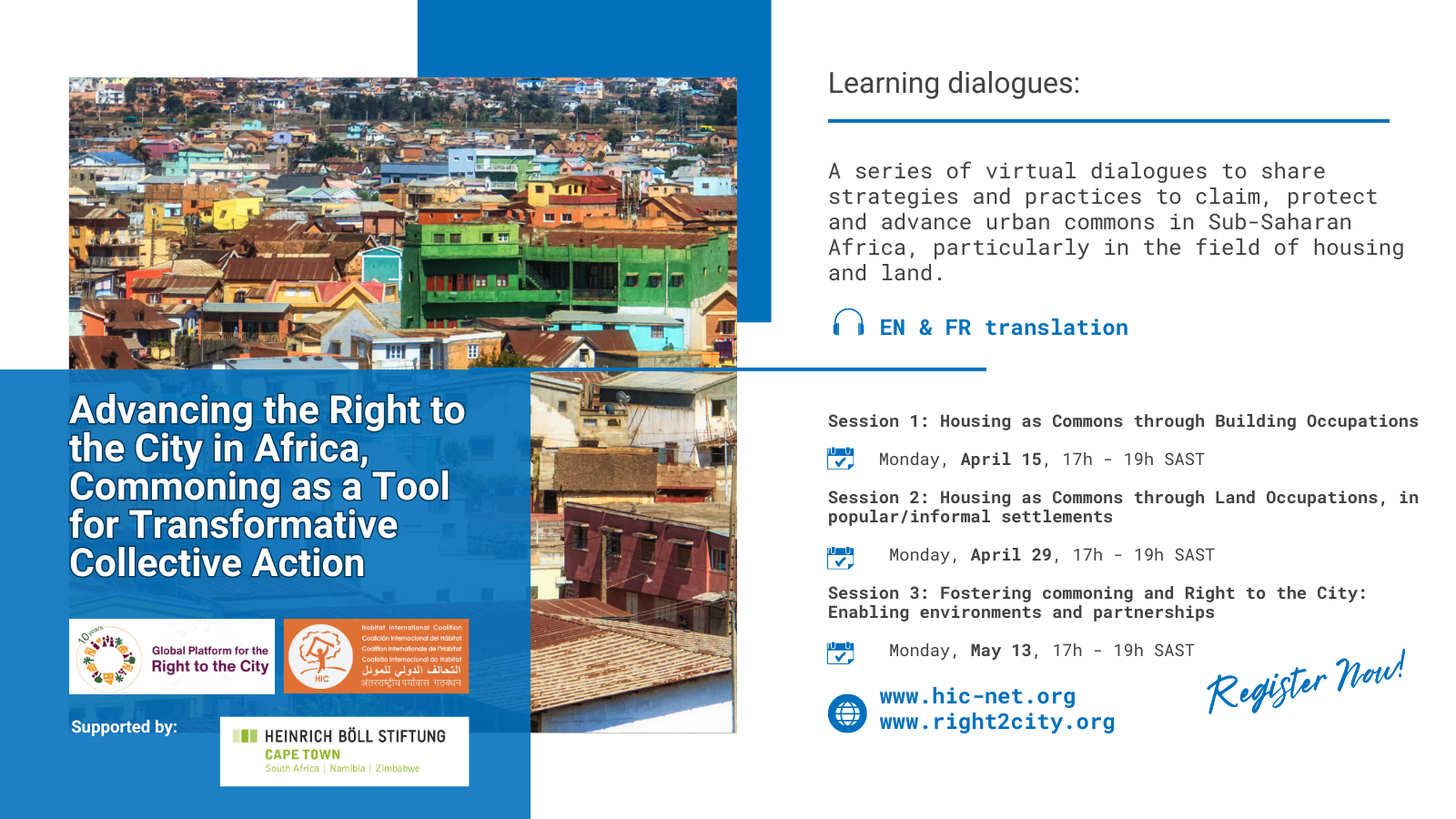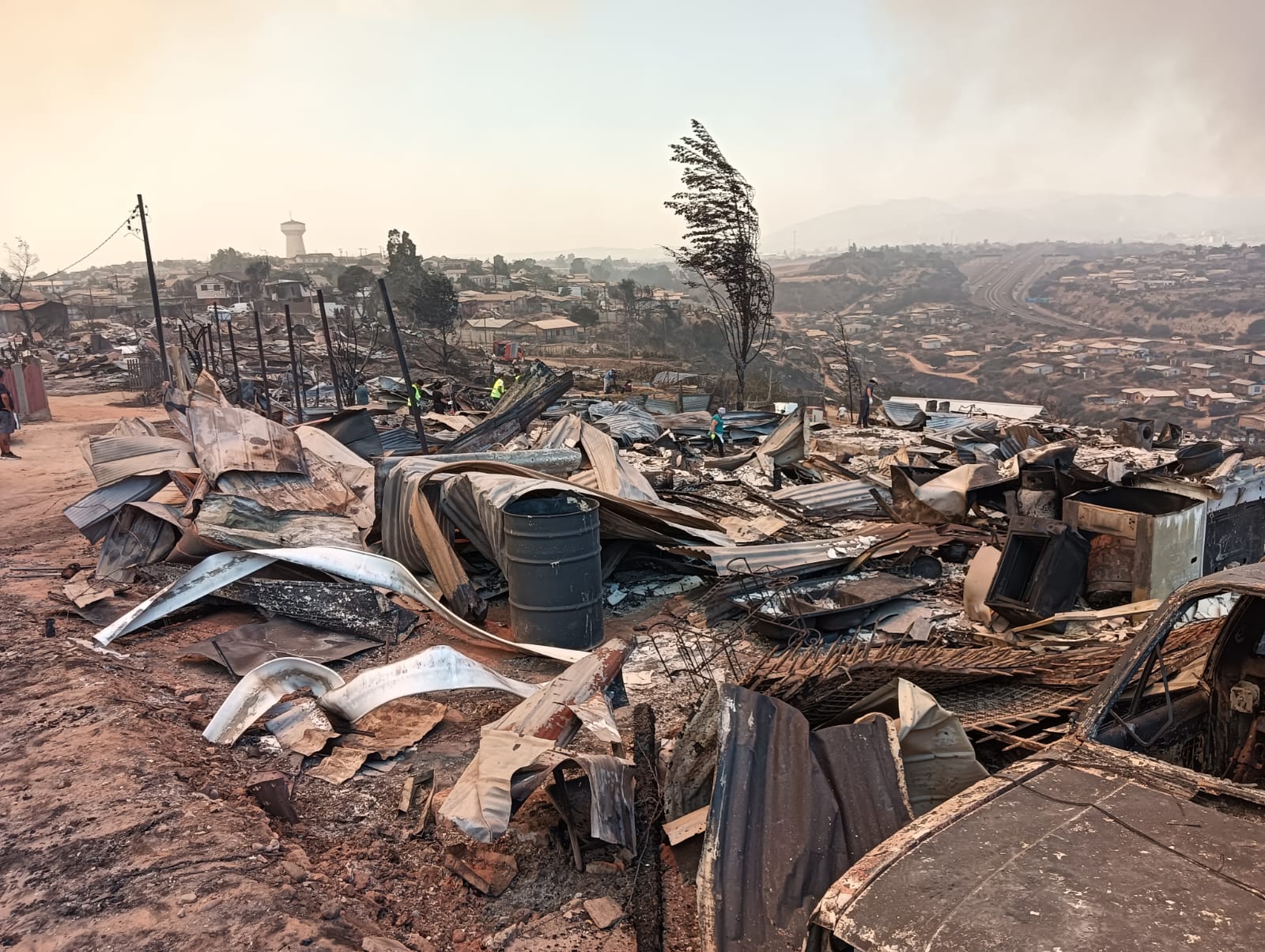WINDHOEK, 11 Jul 2005 (IRIN) – The Namibian government aims to introduce a new inheritance bill to protect the rights of widows and children, who are often dispossessed of land and homesteads.
Traditional practice following the death of a husband in the rural northern areas of the country has seen women and children lose most of their assets, including livestock and household items, to their in-laws.
Speaking at a two-day national conference on the land and property rights of women and children, which ended last Friday in the capital, Windhoek, Justice Minister Pendukeni Ithana said new legislation to prevent their victimisation was currently being drafted.
“This law will better secure the property rights of women and children … although we already have laws in place and the Namibian constitution protects the rights of all its citizens,” Ithana explained.
Women make up 51 percent of Namibia’s population of 1.9 million, according to the last national census, but male traditional chiefs hold sway in the most populous northern region of the country.
Namibia’s constitution recognises the right of all persons “to acquire, own and dispose of all forms of immovable and moveable property in any part of Namibia”, and prohibits discrimination on the grounds of sex, race, religion or economic status.
The Communal Land Reform Act of 2002 states that all communal land belongs to the state. Traditional authorities, together with 12 newly established land boards, allocate land rights to individuals and other entities. By law, women are represented on the land boards.
In the event of the death of a land-rights holder, the chief and the land board must re-allocate the land.
However, a “grey area” existed, as the tribal authorities often did not take into account the widow’s eligibility for inheriting their husband’s right to the land. “The land right should also be given to a minor child, because there are more and more households headed by children in rural areas, because both parents died,” said human rights lawyer Norman Tjombe of Legal Assistance Centre (LAC).
Women have equal rights when applying for communal land. However, this yet to be fully recognised by some traditional chiefs, despite the fact that the law on communal land was translated into most indigenous languages and widely distributed.
“The practice of evicting widows and their children from the land and stripping them of their properties should not be allowed in an independent Namibia,” Namibia’s First Lady, Penehupifo Pohamba, commented.
“I appeal to our traditional leaders to assist people under their jurisdiction, [so] that this practice is done away with. They should deal firmly with people involved in property grabbing,” she said.
The United Nations Food and Agriculture Organisation (FAO) recently completed a study, ‘Integrated Support to Sustainable Development and Food Security Programme’, undertaken in Namibia, Zambia and Uganda to assess the linkages at rural household level between gender, HIV/AIDS and food adequacy.
Its partners in the three countries collected quantitative and qualitative data on the impact of HIV/AIDS and other chronic diseases on agricultural production and food security in rural households and communities. Overall, 514 households in three districts of the Ohangwena Region in central northern Namibia were surveyed, 50 percent of them headed by women.
A common observation in the central northern Oshana Region was that households where husbands had died of HIV/AIDS-related illnesses were still disadvantaged. The traditional practice of taking land away from the widow and children continued and, in extreme cases, their livestock was also taken.
“Besides cattle, sheep and goats as well as chickens are also taken. Where the relatives of the deceased are more considerate, they only take some of the livestock, leaving the wife and children with some,” the FAO study noted.
“Apart from the immediate loss of the mobile bank constituted by livestock for use in times of crop failure, household food security is also threatened due to loss of draught power, which precludes timely sowing and loss of an organic fertiliser source,” FAO pointed out, “consequently, the levels of grain produced by the affected households falls despite the maintenance of the cropped area”.
FAO found that the deceased husband’s family had taken away cattle from 44 percent of widows and orphans surveyed in Namibia, while 28 percent had lost small livestock and 41 percent had been deprived of farming equipment.
In the northeastern Caprivi region, FAO found that customs differed, allowing children to inherit the property of their fathers.
However, the traditional practice of wife inheritance remained strong and was usually associated with traditional ceremonies that entailed a male relative taking on the name of the deceased.
“This man becomes the new household father and inherits the wife and part of the deceased’s property,” the study explained.
Rosa Namises of the Women Solidarity Namibia NGO said, “The laws already in existence, protecting the rights of women and children, must be implemented better and the tribal chiefs present here realised they have to apply the laws.”
She noted that “awareness is important, and I think what emerged from this conference is that the government could cooperate more with NGO’s to achieve that goal”.
Rosina Mabakeng, the deputy director for gender mainstreaming in the ministry of gender equality and child welfare said more mechanisms were necessary to stop the practice of eviction.
“Participants urged that a body should be established to specifically deal with widows in rural areas”, she said. “We must also look into the issue of children born out of wedlock, how they get accommodated in case the mother, who is a widow with allocated land, dies”.


